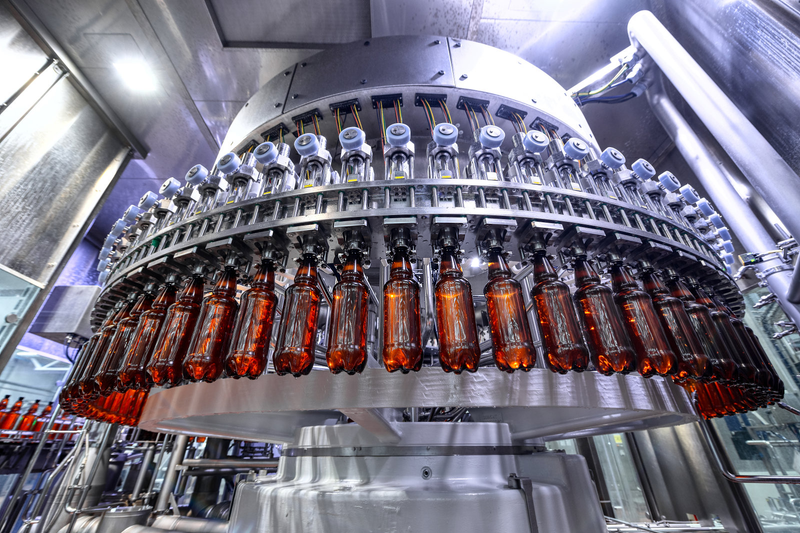
# Food Grade Materials: Ensuring Safety and Quality in Food Packaging
When it comes to food packaging, safety and quality are paramount. The materials used must not only protect the food but also ensure that no harmful substances leach into it. This is where food grade materials come into play. These materials are specifically designed and certified to be safe for direct contact with food, ensuring that the integrity and safety of the food are maintained throughout its shelf life.
## What Are Food Grade Materials?
Food grade materials are substances that have been deemed safe for use in food packaging by regulatory bodies such as the FDA (Food and Drug Administration) in the United States or the EFSA (European Food Safety Authority) in Europe. These materials are rigorously tested to ensure they do not release harmful chemicals or contaminants into the food, even under various conditions such as high temperatures or prolonged storage.
### Common Types of Food Grade Materials
There are several types of materials that are commonly used in food packaging, each with its own set of advantages and applications:
– **Plastics**: Polyethylene (PE), Polypropylene (PP), and Polyethylene Terephthalate (PET) are widely used due to their versatility, durability, and cost-effectiveness. These plastics are often used for bottles, containers, and wraps.
– **Glass**: Glass is a popular choice for food packaging because it is non-reactive and can be easily sterilized. It is commonly used for jars and bottles, especially for products like sauces, jams, and beverages.
– **Metals**: Aluminum and stainless steel are often used for cans and foil wraps. These materials provide excellent barrier properties, protecting the food from light, air, and moisture.
– **Paper and Cardboard**: These materials are commonly used for dry goods and are often coated with a food-grade wax or plastic to enhance their barrier properties.
## Importance of Using Food Grade Materials
Using food grade materials is crucial for several reasons:
– **Safety**: Non-food grade materials can leach harmful chemicals into the food, posing serious health risks. Food grade materials are designed to prevent this, ensuring that the food remains safe for consumption.
– **Quality**: Food grade materials help maintain the quality of the food by protecting it from contamination, moisture, and other environmental factors that could degrade its quality.
– **Compliance**: Regulatory bodies require that food packaging materials meet specific safety standards. Using food grade materials ensures compliance with these regulations, avoiding legal issues and potential recalls.
### Testing and Certification
Before a material can be classified as food grade, it must undergo rigorous testing. This includes:
– **Migration Testing**: This test checks whether any substances migrate from the packaging material into the food. The levels of migration must be within the limits set by regulatory bodies.
– **Toxicological Assessment**: This involves evaluating the potential health risks associated with the material. Any material that poses a significant risk is not approved for food contact.
– **Physical and Chemical Testing**: These tests assess the material’s durability, resistance to temperature changes, and overall stability when in contact with food.
## Conclusion
Food grade materials are essential for ensuring the safety and quality of food packaging. By using materials that have been rigorously tested and certified, manufacturers can protect consumers from potential health risks and maintain the integrity of their products. Whether it’s plastic, glass, metal, or paper, choosing the right food grade material is a critical step in the food packaging process. Always look for certifications and ensure that the materials used meet the necessary regulatory standards to guarantee the safety and quality of your food products.
Keyword: foodgrade